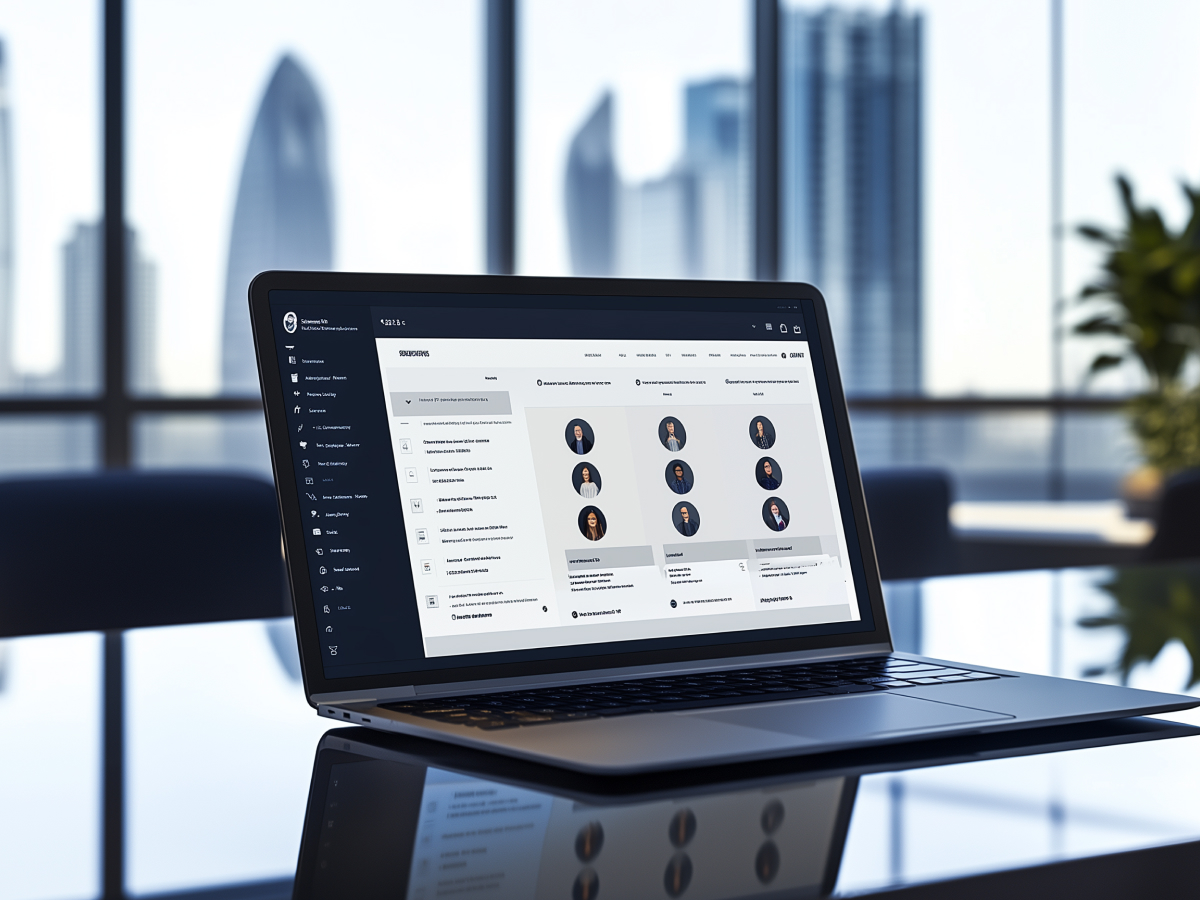Secure products are more effective than adding multiple security tools
Throwing a pile of security tools at a problem only complicates it. Secure products, like Apple devices, are purpose-built to handle modern threats without needing a band-aid solution for every new vulnerability. By design, they simplify protection and reduce the need for constant patches or emergency fixes.
Simplicity is a superpower in a market where 59% of organizations report that outdated technology is a massive hurdle. Adding layers of complexity just adds more ways for things to fail. Secure platforms eliminate this chaos, addressing the full operational attack surface rather than just patching the symptoms.
Executives are already catching on, 82% know they need better security measures, but more than half say that the sheer complexity of the threats hold them back. The choice is clear: do you want a toolbox full of half-baked solutions or a single, comprehensive platform that lets you stay ahead of the game? Streamline. Simplify. Stay safe.
Relying on outdated technologies and systems increases vulnerabilities
Legacy systems are the crux of cybersecurity. Take the UK’s National Health Service (NHS), which has been hammered by ransomware attacks. The problem is decades of underinvestment and a reliance on aging systems that should have been retired years ago. When you’re running on “clapped-out” vintage equipment, you’re basically inviting attackers in.
IBM puts the average cost of a data breach for UK businesses at $3.4 million. That’s trust shattered, opportunities missed, and months of recovery. For large enterprises, the cost is even higher, both financially and reputationally.
Richard Horne from the UK’s National Cyber Security Center warns that complacency in the face of state-backed and cybercriminal threats will only make the situation worse.
A secure-by-design approach reduces long-term costs and risks
A secure-by-design platform may seem like a big-ticket item upfront, but secure platforms are built to need fewer patches, reducing operational disruptions and saving you the ongoing costs of firefighting. Over time, the savings pile up in reduced risk exposure, fewer incidents, and lower support costs.
Organizations using fewer security tools experience less than half the number of security incidents compared to those that lean on fragmented systems. That’s real-world proof that investing in simplicity pays off. Apple’s secure-by-design approach is a standout example. Their ecosystem is more resilient than patchwork solutions cobbled together from different vendors.
A secure-by-design platform minimizes those risks, keeps your teams focused on growth rather than recovery, and helps you sleep a little easier at night.
Businesses must prepare for escalating cyberwarfare and state-sponsored attacks
We’re in the middle of a cyberwar, whether we like it or not. Nation-state attacks are now targeting enterprises with the same intensity as government organizations. The stakes are sky-high. Every business, regardless of size, is now in the crosshairs. If you’re not preparing, you’re already behind.
Richard Horne drives this point home: our infrastructure, supply chains, and public sectors need a major upgrade to withstand these threats. Businesses are as exposed as government entities.
Proactive policies are key. Secure platforms, strong contingency plans, and regular preparedness drills can make the difference between a minor disruption and a catastrophic failure. It’s about readiness, resilience, and taking the fight to the attackers instead of waiting for the inevitable.
Cloud services and AI amplify security challenges but offer potential solutions
Cloud and AI are rewriting the rules of security. While these technologies add new layers of complexity, they also bring tools that can keep us safer if used wisely. Google Cloud and AWS, for example, are consistently rated as more secure than Microsoft Azure. If you’re entrusting your sensitive data to the cloud, why settle for anything less?
AI is both a risk and a solution. On one hand, it’s letting attackers automate and scale their operations. On the other, it’s giving us predictive analytics, anomaly detection, and automated defenses that can respond faster than any human team. Forward-thinking enterprises are already exploring platforms like Apple’s Private Cloud Compute to manage these risks while reaping the benefits of AI-driven solutions.
Choosing the right platform is a high-stakes decision. The wrong choice exposes you to new vulnerabilities; the right one gives you a strategic edge in an increasingly hostile digital world.





